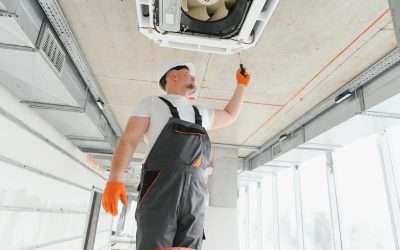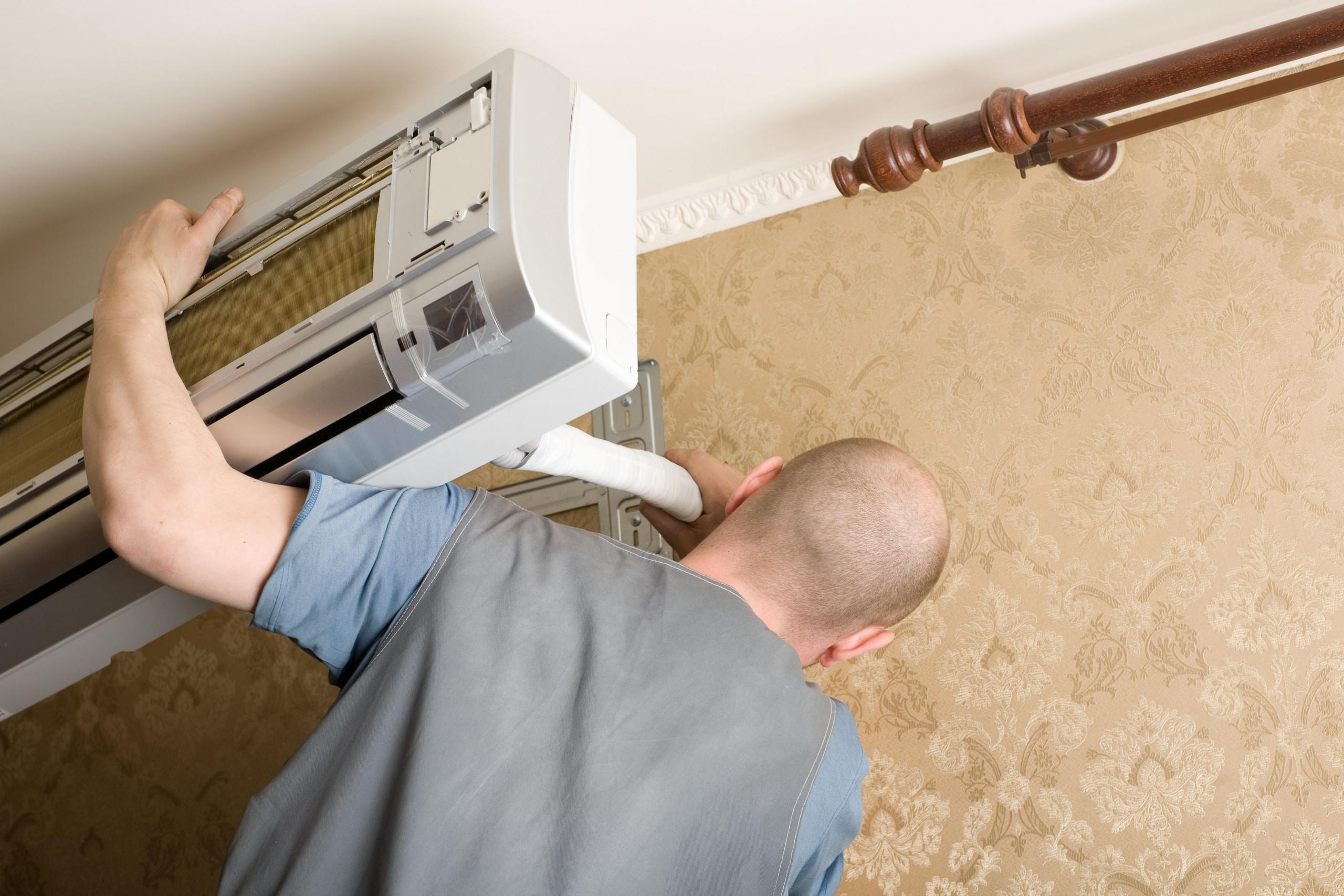Heat exchangers are crucial components in many industrial processes, exchanging heat between two or more fluids. These systems are essential for ensuring optimal operational conditions in industries ranging from manufacturing to HVAC. Heat exchangers, like any other mechanical equipment, can wear and tear over time, needing fast and efficient maintenance. Addressing faults as soon as possible can save money and ensure ongoing efficiency.
Understanding Heat Exchangers
Heat exchangers work on the thermal exchange concept, which allows heat to pass from a hot to a cool fluid without mixing it. There are several varieties of heat exchangers, including shell and tube, plate, and air-cooled designs, each suited to a unique use. Regular maintenance is critical for these systems because it identifies possible flaws before they become big problems. Leaks, fouling, and corrosion are common issues with heat exchangers. Leaks can occur due to material degradation or incorrect installation, resulting in lower efficiency and potential environmental risks. Corrosion, caused by chemical interactions inside the system, can degrade the structure of the heat exchanger, jeopardizing its integrity.
Signs That Your Heat Exchanger Needs Repair
Understanding the signs that indicate a need for heat exchanger repair is crucial for maintaining efficiency. Common indicators include strange noises, temperature variations, and increased energy usage. Routine inspections and maintenance can help spot these problems early. For example, monitoring pressure reductions across the heat exchanger can identify potential fouling or leakage. If the system has considerable temperature differentials or fails to attain the desired temperature levels, it could indicate underlying issues. Responding quickly to these warning indicators can save you time and money in the long term. For routine inspections, new diagnostic instruments can improve the repair procedure. Non-destructive testing technologies, such as ultrasonic testing and infrared thermography, can detect faults without jeopardizing the equipment’s integrity. These methods provide useful information on the status of heat exchangers and assist in prioritizing repairs based on severity.
The Repair Process
When dealing with heat exchanger concerns, a methodical strategy is essential. The process often begins with a thorough inspection to establish the degree of the damage. Once the faults have been identified, the repair staff will create a customized strategy to solve the individual concerns. This could include cleaning the heat exchanger, replacing damaged components, or completely rebuilding the unit. Cleaning is usually the initial step in the repair process. Depending on the type of fouling present, several cleaning procedures may be used, including chemical cleaning, hydroblasting, and mechanical cleaning. Pressure testing and performance verification checks can validate that the repairs have been completed and the system is fit for use. Heat exchanger repair is vital to ensuring the efficiency and durability of these critical systems. Regular inspections, early detection of warning indications, and a full understanding of the repair process can help prevent costly breakdowns and extend the life of equipment. Prioritizing maintenance and repair allows industries to guarantee that their heat exchangers run properly, contributing to overall operational success.



